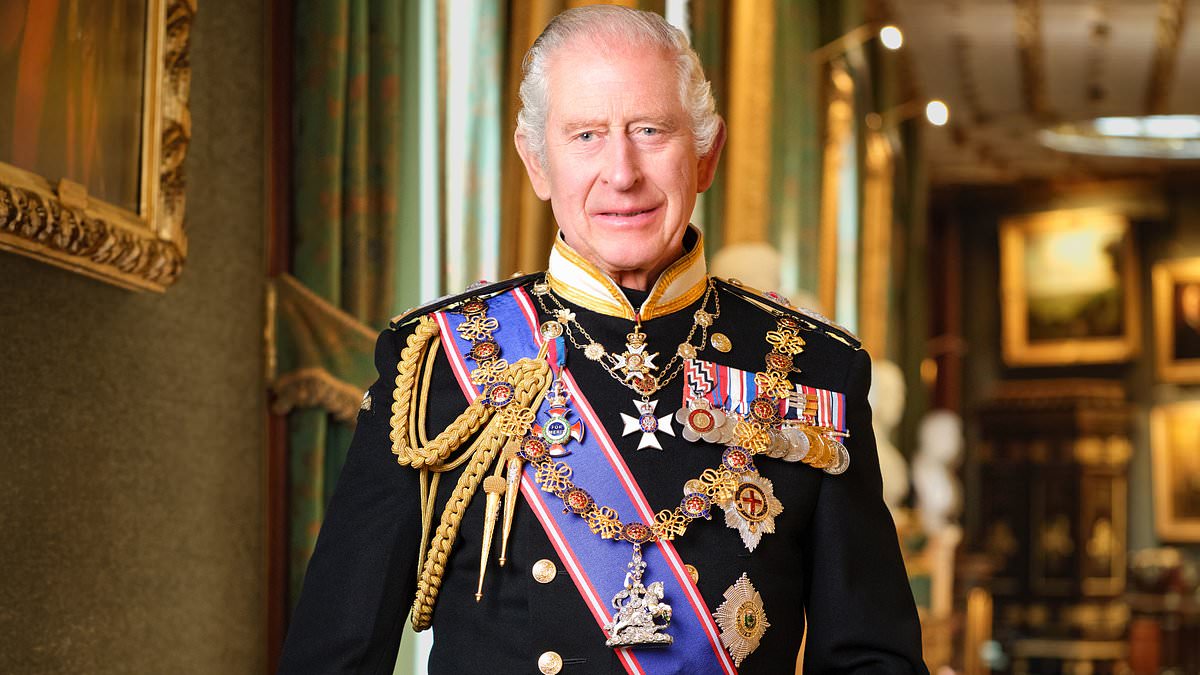Under 3 per cent of the UK’s hospitals accepted a free portrait of the King, it has been revealed.
Government departments and agencies in Scotland also saw dramatically lower take up of the offer than in England.
More than 20,000 portraits of Charles III were made available to public institutions following his coronation, at a cost of £2.7million.
The scheme, launched in November 2023, was billed as a chance to commemorate the reign.
But according to figures released by the Cabinet Office, popularity of the portraits has varied widely.
All Coastguard centres wanted to display the image, but just 40 of the 1,454 hospitals – 2.8 per cent.
The second highest take-up was Lord Lieutenancies at 76.7 per cent, while the second lowest was universities and higher education institutions at just 7.4 per cent.
Barely a quarter of Church of England churches accepted the offer, despite the King being the head of the institution.
Take up was also notably lower in Scotland, where the SNP is in power. The nationalists support independence from the UK, while many members want to ditch the monarchy.
In England 82.7 per cent of 1,195 government departments, agencies and local authorities ordered a portrait.
But north of the border the proportion was just 15.6 per cent, and in Wales it was 68.3 per cent.
The total cost of the scheme was £2,710,705.50, giving an average price of £131.81 per portrait. The total number of portraits commissioned was 20,565.
The portrait, showing Charles in the Royal Navy uniform of an Admiral of the Fleet, was taken by photographer Hugo Bernard at Windsor Castle last year.
Earlier this year, then-deputy prime minister Oliver Dowden said the portrait would serve as reminder of the example set by the King.
‘His Majesty’s accession marked a new chapter in the history of our nation,’ he said.
‘Our public authorities and established churches are an essential part of the fabric of the nation and it is right that they have the chance to commemorate this moment.
‘Displaying this new portrait also serves as a reminder of the example set by our ultimate public servant. Like his mother before him, The King has dedicated his life and work to serving others.’
